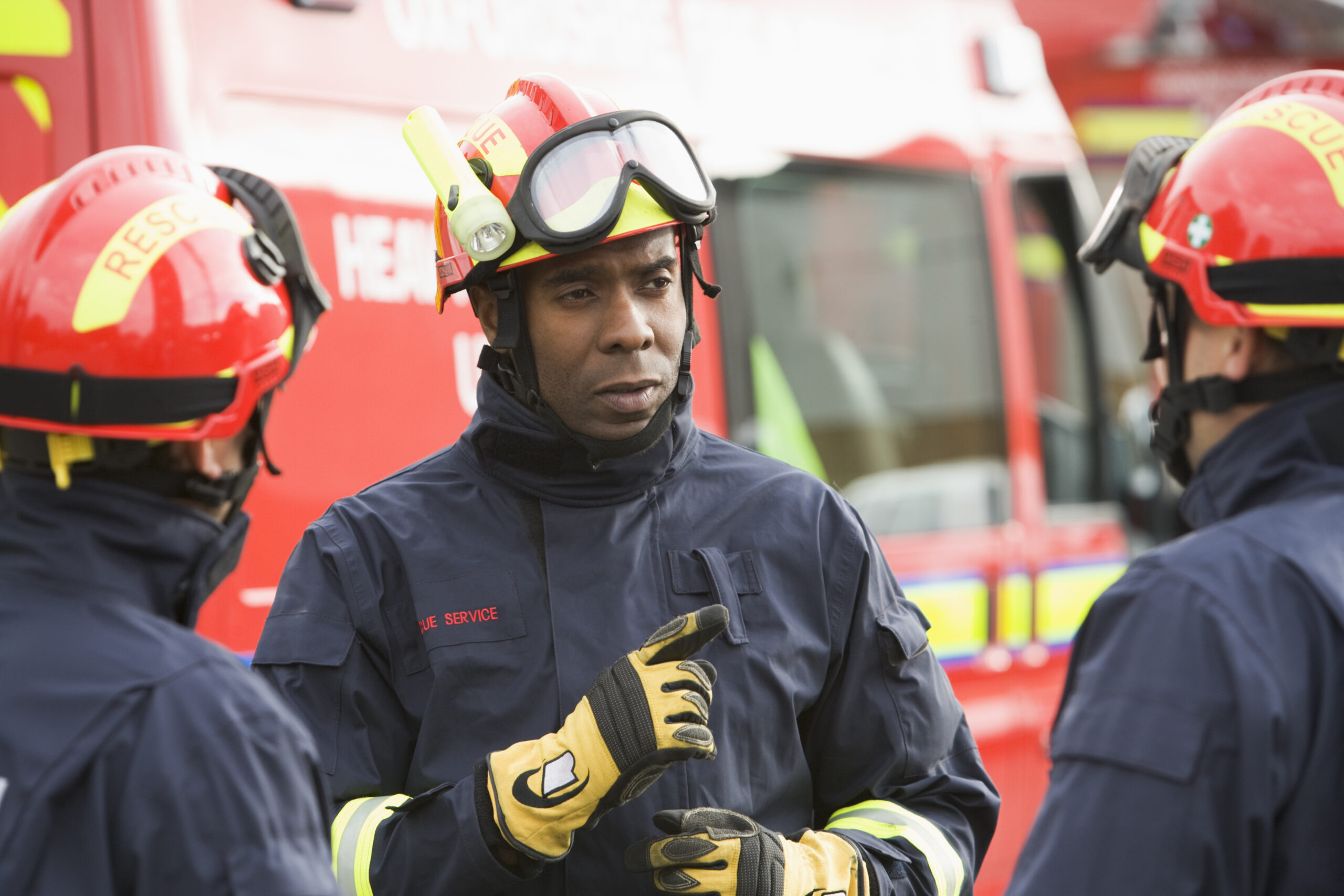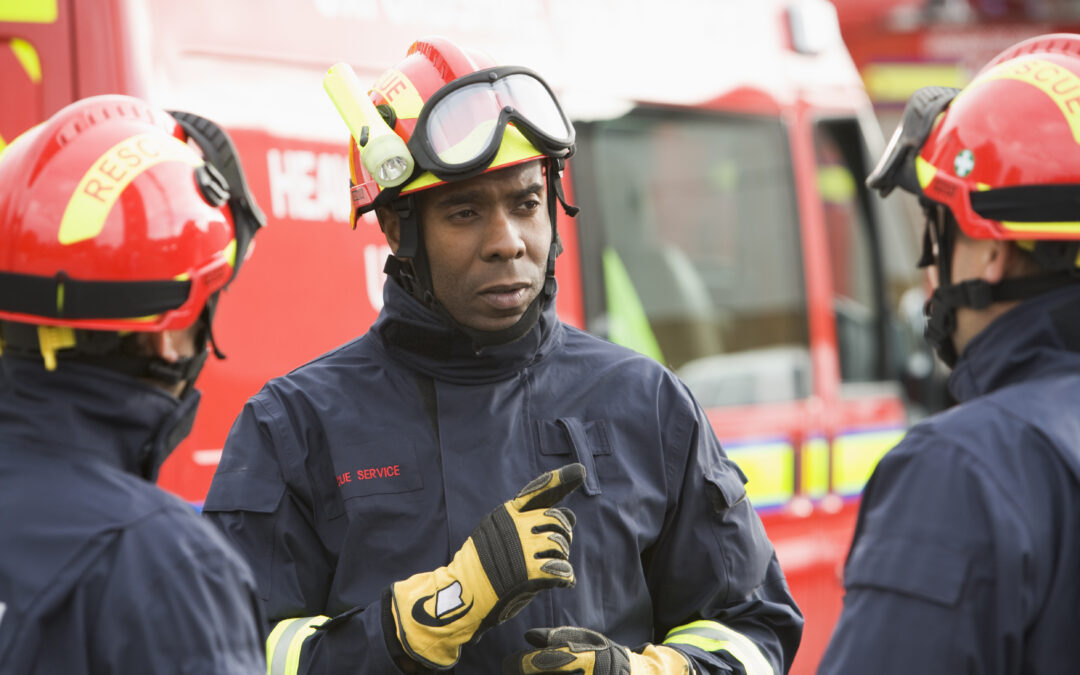Are you ready for the unexpected? Natural disasters can strike at any time, and being prepared is essential to keeping your family safe. In this step-by-step guide, we’ll cover everything from creating an emergency plan to recovering after a natural disaster. Let’s get started!
1. Introduction to Emergency Preparedness:
Emergency preparedness is crucial in ensuring that you and your loved ones are protected during times of crisis. It’s important to have a plan in place so that everyone knows what to do if a natural disaster strikes. Start by identifying potential risks in your area such as hurricanes, earthquakes or wildfires. Once you know what types of disasters could occur, it will be easier to prepare accordingly.
2. Creating an Emergency Plan and Kit:
The first step in preparing for a natural disaster is to create an emergency plan. This should include information on how to evacuate safely, where to go in case of an emergency, and who to contact in case someone gets separated from the group. You may also want to designate a meeting spot outside of your home in case you need to evacuate quickly.

Next, put together an emergency kit with supplies that will last for at least three days. Your kit should include items like non-perishable food, water, flashlights, batteries, first aid supplies, and extra clothing. Make sure to store these items in a convenient location so they can be easily accessed when needed.
3. Preparing Your Home for Natural Disasters:
There are several steps you can take to protect your home from natural disasters. For example, if you live in an area prone to flooding, consider elevating furniture and valuables off the ground. If you live near a fault line, secure heavy objects to walls and brace overhead light fixtures. You may also want to install shutters or plywood over windows to prevent damage from wind and flying debris.
4. Staying Safe During a Natural Disaster:
During a natural disaster, stay calm and follow your emergency plan. Listen to local news reports for updates on the situation and follow instructions from authorities. If you need to evacuate, do so immediately and take your emergency kit with you. Avoid using electrical appliances and equipment until the storm has passed, and always wear appropriate safety gear such as helmets and gloves when cleaning up after a disaster.
Thank you for reading this post, don't forget to subscribe NOW for FREE!
5. Recovering After a Natural Disaster:
After a natural disaster, it’s essential to take care of yourself and your family. Seek medical attention if necessary and reach out to friends and family members for support. Contact your insurance company to file claims for damages to your property, and document all losses thoroughly. Be patient throughout the recovery process, and don’t hesitate to ask for help when you need it.
In conclusion, emergency preparedness is critical in ensuring that you and your loved ones remain safe during times of crisis. By following these simple steps, you can create an effective emergency plan and kit, prepare your home for natural disasters, stay safe during a disaster, and recover quickly afterwards. Remember, being proactive is key to surviving a natural disaster.






